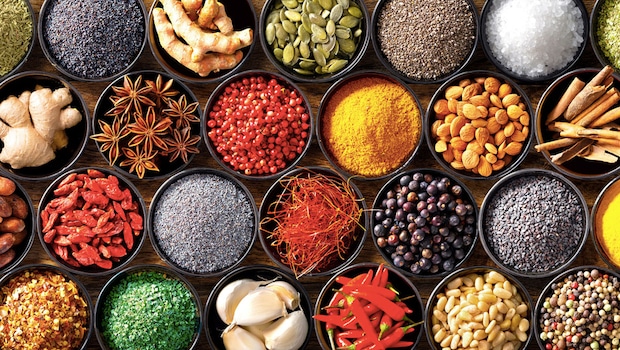The string of ban by several prominent countries announcements underscores the urgent need for India to enhance its food safety protocols.
India’s spice industry finds itself in a pickle. The recent ban imposed by five countries on popular Indian spice brands like MDH and Everest has raised questions over the country’s quality standards and regulatory practices.
Singapore, Hong Kong, the Maldives, Australia and Nepal announced a ban on the products following the presence of ethylene oxide (EtO), a carcinogenic pesticide.
This has the potential to push India’s spice export industry into a crisis. The impact is already being felt with spice exports declining by 5% in recent months, according to the Federation of Indian Spice Stakeholders (FISS).
There are fears that India’s pre-eminence as the world’s largest producer and exporter of spices is now at stake, following widespread concerns over the quality. The country exported over 200 spices and value-added products worth $4 billion to about 180 countries in 2021-22 while its domestic market is valued at $10 billion.
Yet, recurring quality concerns have dented this reputation, jeopardising a sector that significantly contributes to the economy. Though government agencies have announced some measures to ensure quality checks on spices and curry powders before being sold in the market, it is not enough to restore the confidence of international consumers.
The FISS, an association of nearly 600 spice traders, exporters and farmers from across the country, has warned that India’s spice export may decline by nearly 40% if the issue of ethylene oxide contamination in spices is not addressed at the earliest.
The presence of ethylene oxide, a toxic chemical used as a food stabiliser to increase the shelf life of spices, beyond permissible limits can be hazardous. Occupational exposure to ethylene oxide has been linked to cancers such as lymphoma and leukaemia, as well as stomach and breast cancers. However, there are no acceptable international standards on its permissible limits.
In many countries of the world, some amounts of ethylene oxide are allowed in spices. The string of ban announcements underscores the urgent need for India to enhance its food safety protocols and restore global confidence in its spice exports. In 2014, lead was found in the food colouring used in spices like chilli and curry powder.
The USFDA has rejected over 14% of MDH spice shipments since 2021 due to bacterial contamination. In the past, MDH products were rejected in the US due to the presence of salmonella, a bacteria that can cause gastrointestinal illness. Last month, authorities in Gujarat seized over 60,000 kg of adulterated spices. Considering the serious health risks, it cannot be business as usual in the spice industry.
The Centre has spoken about stricter quality controls and expanding inspections across manufacturing units. However, these steps must translate into tangible results and mitigation of further damage. People need a clear reassurance that the spices they consume are safe. Nobody can be allowed to play with their health. #hydkhabar

